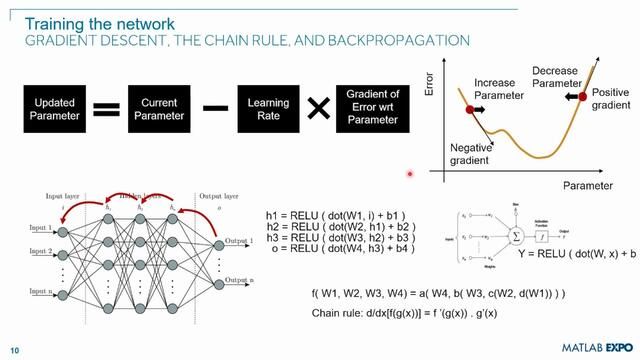Atrial Fibrillation Detection with CNNs for Implantable Cardiac Monitors
Medtronic Uses MATLAB to Develop a Deep Learning Model
“MATLAB made it very simple to be able to do this, learn this whole thing, and be able to put in a model and evaluate this in a very efficient way. Because you have Parallel Computing Toolbox ... you have Deep Learning Toolbox, and you can combine all of them together."
Key Outcomes
- Using MATLAB and Deep Learning Toolbox, Medtronic created and validated a high-performing AI model with 97% validation accuracy in just three weeks.
- Using MATLAB for signal processing and feature engineering, Medtronic developed a custom ensemble of features based on ECG characteristics during AF.
- Medtronic reduced false positive atrial fibrillation detections by over 90%, minimizing physician review time.
Medtronic develops implantable cardiac monitors that enable continuous ECG monitoring to detect conditions like atrial fibrillation (AF). Detecting AF is clinically important because it can prevent strokes and heart failure, but the intermittent and asymptomatic nature of AF makes accurate, long-term monitoring challenging. While existing device algorithms achieved high sensitivity, they also generated a significant number of false positives, leading to hundreds of hours of manual review by physicians each year.
To address this challenge, the team used MATLAB® to quickly prototype and benchmark an AI-based postprocessing solution. By combining ECG features such as Lorenz plots, P-wave morphology, atrial rate estimation, and RR interval variability into a single transformed image, they trained a simple convolutional neural network using Deep Learning Toolbox™ and Parallel Computing Toolbox™. In just three weeks, they developed a model that reduced false AF detections by over 90% with minimal loss of true positives, improving clinical workflow efficiency.
Products Used
Related Resources
